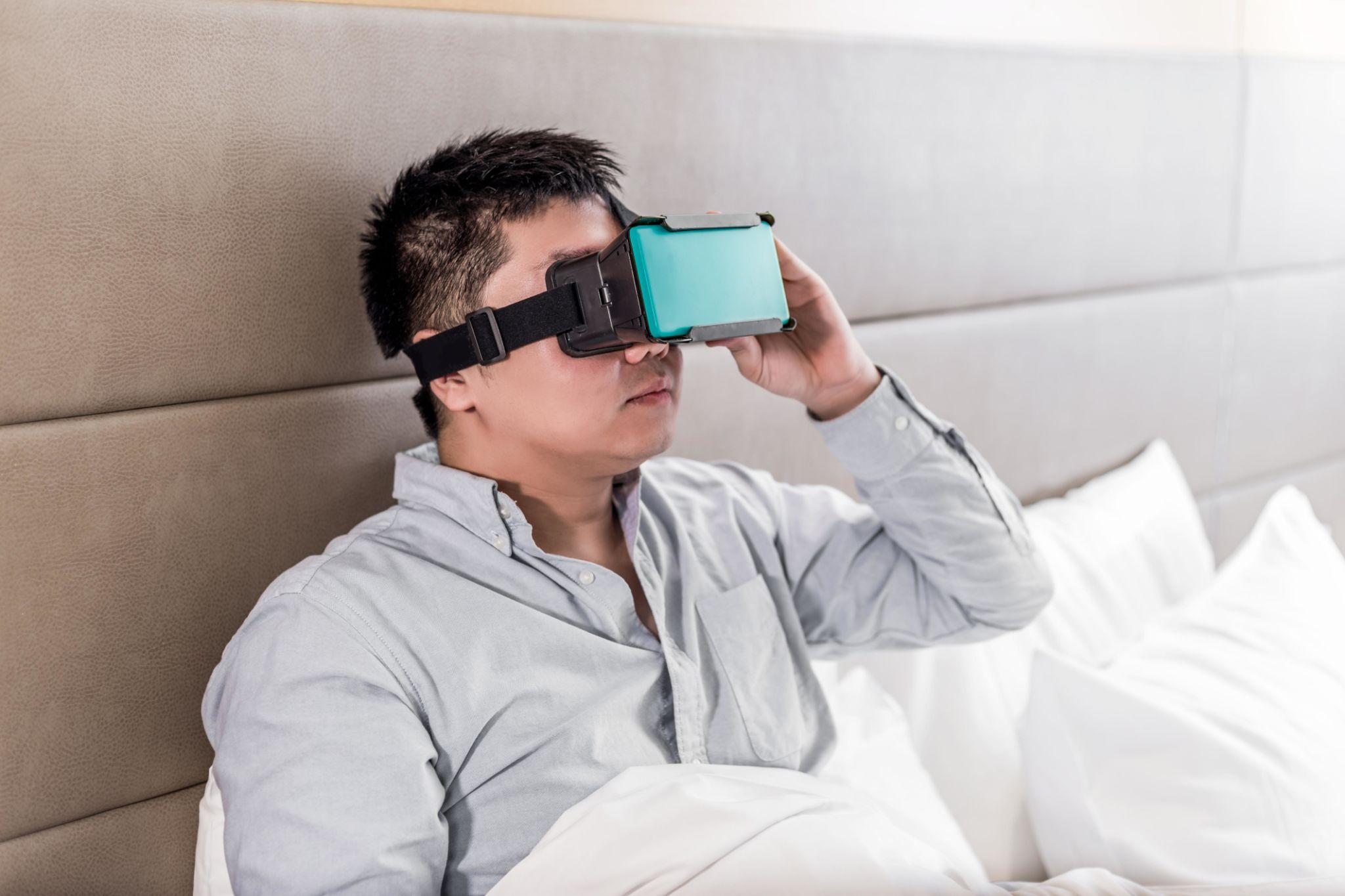Breaking Down Myths About VR Systems: What You Need to Know
Introduction to VR Systems
Virtual Reality (VR) systems have rapidly evolved over the last decade, becoming more accessible and advanced. Despite their growing popularity, many myths and misconceptions still surround these immersive technologies. In this blog post, we'll break down some of the most common myths about VR systems and provide you with the facts you need to know.

Myth 1: VR Is Only for Gamers
One of the most pervasive myths about VR is that it is exclusively for gamers. While VR gaming is a significant component of the market, VR technology has far broader applications. Industries such as education, healthcare, real estate, and even retail are leveraging VR to create immersive and interactive experiences. For instance, medical students use VR to practice surgeries, and architects use it to visualize projects in three dimensions.
Applications Beyond Gaming
VR is being used to train employees in high-risk jobs by creating realistic simulations without the associated dangers. Additionally, it offers unique opportunities for virtual tours in the travel industry, allowing potential customers to explore destinations before booking their trips. Clearly, VR's potential extends far beyond gaming.
Myth 2: VR Is Expensive
Another common misconception is that VR systems are prohibitively expensive. While it's true that early VR systems were costly, prices have decreased significantly as technology has advanced. Today, there are a variety of options available to suit different budgets, from high-end devices like the HTC Vive and Oculus Rift to more affordable options like the Oculus Quest and smartphone-based headsets.

Cost-Effective Solutions
For those hesitant about investing in a complete VR setup, many companies offer affordable entry-level kits. Additionally, many museums and educational institutions provide access to VR experiences at no extra cost, allowing more people to experience the technology without a significant investment.
Myth 3: VR Causes Motion Sickness
Motion sickness is a concern for some users when it comes to VR, but advancements in technology have greatly reduced this issue. Many modern VR systems are designed with high refresh rates and low latency to minimize discomfort. Developers are also creating content with smoother transitions and less abrupt movements to accommodate sensitive users.

Tips to Avoid Motion Sickness
For those prone to motion sickness, there are several strategies to enhance comfort. Gradually increasing exposure time can help build tolerance, and ensuring that the headset fits properly can prevent disorientation. Users who experience discomfort should take breaks and adjust settings for optimal comfort.
Conclusion
Understanding the realities of VR systems is crucial as they continue to integrate into various aspects of our lives. By debunking common myths, we can appreciate the diverse applications and accessibility of VR technology. Whether you're looking to explore new worlds or enhance professional training, VR offers a wealth of opportunities waiting to be explored.
